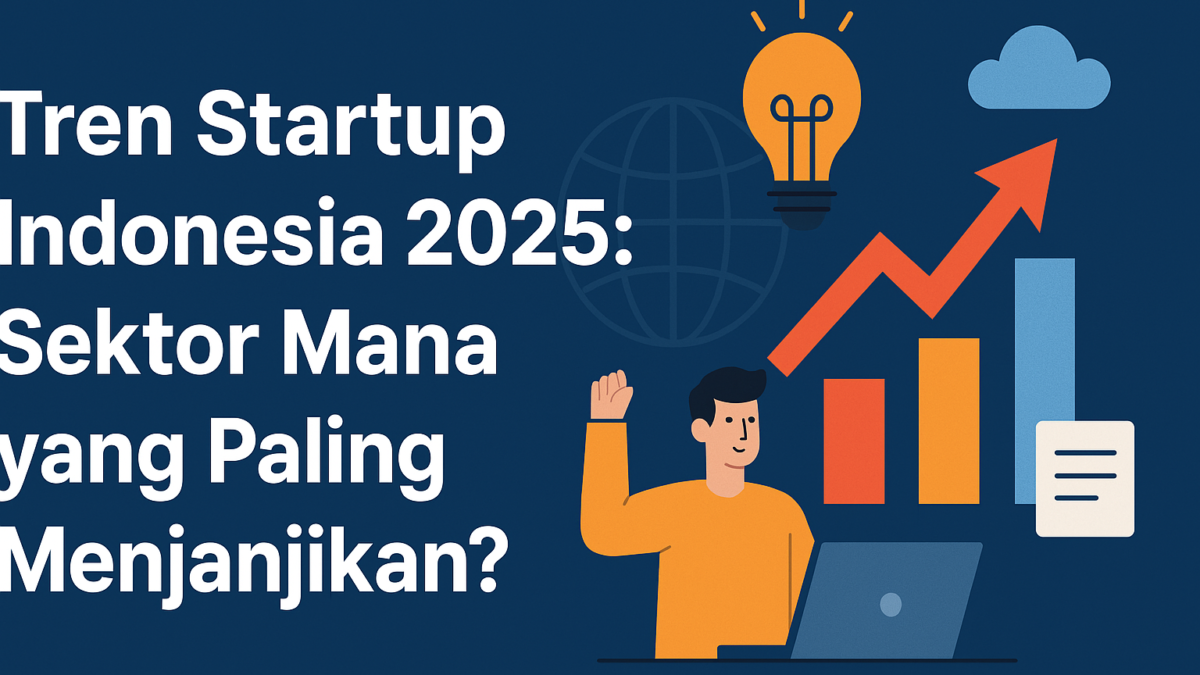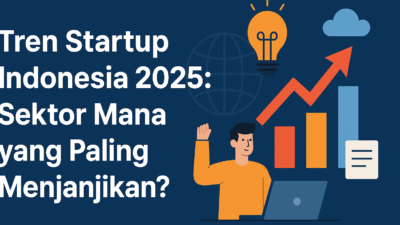
As a Product Manager, your day is often filled with meetings, stakeholder management, product roadmap planning, and constant firefighting. It’s easy to get bogged down by minor tasks or fall into the trap of procrastination. Brian Tracy’s Eat That Frog! offers practical advice to tackle the most important tasks head-on and maximize productivity. Here’s how to apply his principles with real examples tailored for product managers.
1. Set Clear Goals
As a Product Manager, goal-setting is critical for steering the product’s direction. Instead of vague objectives, use SMART goals (Specific, Measurable, Achievable, Relevant, Time-bound).
Example: You aim to improve user retention by 20% over the next six months. Break it down: Research current retention issues, gather user feedback, prioritize features addressing those pain points, and set timelines for releases.
2. Plan Every Day in Advance
Planning your day helps you focus on priorities and prevents distractions from derailing your productivity. Use tools like Clickup, Trello or Notion to structure your tasks.
Example: The night before, write down the key tasks for tomorrow: finalize the product strategy document, review sprint progress with the engineering team, and prepare for the upcoming stakeholder meeting. This way, you’re ready to jump into action first thing.
3. Apply the 80/20 Rule (Pareto Principle)
Not all tasks carry equal weight. Focus on the 20% of tasks that will drive 80% of results.
Example: Instead of getting caught up in small UI fixes, focus on a feature that directly addresses customer pain points and could significantly improve engagement. For example, if user feedback highlights frustrations with onboarding, prioritize improving that experience — it will have a much bigger impact than minor design tweaks.
4. Use the ABCDE Method to Prioritize
Use this method to rank your tasks based on importance:
- A: Must-do (critical to product success or deadlines)
- B: Should-do (important but not urgent)
- C: Nice-to-do (low impact)
- D: Delegate (can be handled by someone else)
- E: Eliminate (unnecessary tasks)
Example: Your “A” task might be reviewing the feature that’s scheduled for release next week, while “B” could be preparing next quarter’s roadmap presentation. Delegating (“D”) minor tasks, such as gathering feedback from junior product managers, allows you to focus on high-priority work.
5. Focus on Key Results Areas
Identify which areas of your product management role drive the most value. Typically, these are product strategy, stakeholder management, and customer feedback analysis.
Example: If you know that managing stakeholder expectations is vital for a successful release, dedicate time to ensure every key stakeholder is aligned. This means setting up regular syncs and proactively addressing concerns, so the project doesn’t hit unexpected roadblocks.
6. Apply the Law of Forced Efficiency
There’s never enough time to do everything, so force yourself to focus on the most critical tasks.
Example: You only have a two-hour window before an important deadline. Instead of working on backlog grooming, you prioritize finalizing the presentation for the executive team — this is what will move the needle the most for your product.
7. Break Large Tasks into Smaller Pieces (Salami Slice Method)
Large tasks can feel overwhelming, but breaking them into smaller, actionable steps makes them manageable.
Example: Instead of thinking about “improving the entire user experience,” break it down into smaller actions: interview 5 users, analyze feedback, ideate on solutions, and A/B test specific changes.
8. Take Action Immediately
Product managers often juggle multiple priorities, but the key to productivity is execution. Don’t wait for perfect conditions — start now.
Example: After getting user feedback on a broken feature, rather than over-analyzing, quickly create a plan with your engineering team to push a bug fix or create a prototype of a solution. Action moves things forward, while delay leads to stagnation.
9. Single-Task Focus
Multitasking dilutes your focus. Concentrating on one task at a time allows you to complete it faster and with higher quality.
Example: When preparing for a roadmap presentation, close all distractions (email, Slack) and dedicate a block of time to work on it without interruptions. This focused time ensures a well-prepared presentation that can sway stakeholder decisions.
10. Develop a Sense of Urgency
Having a sense of urgency pushes you to work efficiently. Use timeboxing to create a sense of urgency in your daily routine.
Example: Block out one hour to finalize the feature backlog for the next sprint. By setting strict time limits, you force yourself to work faster and avoid getting bogged down by endless perfectionism.
11. Continually Upgrade Your Skills
As a PM, you need to stay up-to-date with product management tools, methodologies, and trends. Continuous learning enhances your productivity over time.
Example: Set aside time each week to take a course on data analytics or user experience. Investing in these skills will allow you to make more data-driven decisions, which leads to better product outcomes.
12. Stay Healthy and Energized
A healthy body equals a productive mind. Maintaining good health habits allows you to maintain focus and energy throughout the day.
Example: Even with a packed schedule, ensure you take short breaks, stay hydrated, and get some movement in. If you have a long day of meetings, schedule a 15-minute walk during lunch to refresh your mind.
Conclusion: Eating Your Biggest Frog as a PM
As a Product Manager, procrastination can severely hinder your ability to lead, execute, and deliver results. Brian Tracy’s Eat That Frog! offers simple yet effective strategies for tackling your most important tasks and maximizing productivity. Whether it’s setting clear goals, breaking down large tasks, or focusing on key areas, implementing these principles can transform the way you work. Remember, the key is to “eat your frog” first thing — tackle the hardest, most impactful task at the beginning of your day to make significant strides in your role as a PM.
By following these strategies, you’ll not only enhance your personal productivity but also drive better outcomes for your product and team.















